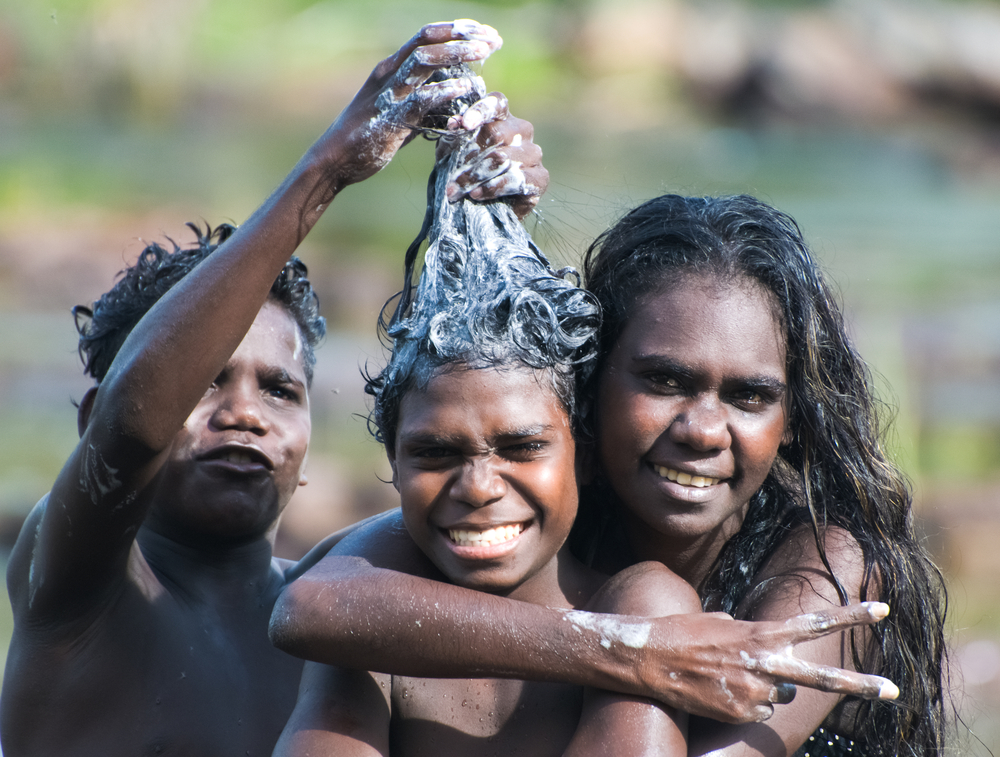Providing Aboriginal and Torres Strait Islander adolescents with accessible, culturally safe primary health care is vital in optimising the future health of Indigenous Australians.
A perspective published in the Medical Journal of Australia has found that 80% of excess mortality among Aboriginal and Torres Strait Islander adolescents is preventable within the current health system.
Stephen Harfield and co-authors describe Aboriginal and Torres Strait Islander adolescents as a strong and resilient cohort, but note that this life stage is when the gap in morbidity and mortality widens between Aboriginal and Torres Strait Islander adolescents and non-Indigenous adolescents.
Stephen is a Narungga and Ngarrindjeri man from South Australia, and Senior Research Fellow with the University of Queensland Poche Centre for Indigenous Health and PhD candidate with the School of Public Health at the University of Queensland.
“These deaths are preventable or treatable within the current health system given timely and effective health care,” Stephen and colleagues wrote.
“This suggests that within the current health care system, there are many opportunities to intervene and for health gain, and to optimise future health and intergenerational health.”
“Aboriginal and Torres Strait Islander adolescents require high quality health care that meets their health and wellbeing needs. This can be realised through designing and implementing an Aboriginal and Torres Strait Islander adolescent model of primary health care.”

A model of care for Aboriginal and Torres Strait Islander adolescents
The perspective authors have outlined several aims that should be implemented in an effective Aboriginal and Torres Strait Islander adolescent model of primary health care.
Firstly, adolescents, their families and communities must be involved in the design and delivery of their primary health care.
“Aboriginal and Torres Strait Islander adolescents have a fundamental right to be involved in the planning and delivery of services and in the decisions regarding their own health care,” the authors wrote.
“Key principles in co-designing health services with Aboriginal and Torres Strait Islander peoples include Indigenous leadership, a culturally grounded approach, respect, benefit to community, inclusive partnerships, and transparency and evaluation.”
Secondly, the authors note that Aboriginal and Torres Strait Islander adolescents must have access to primary health care that is culturally safe and free of discrimination, and this can be achieved through increasing the number of Aboriginal and Torres Strait Islander health care professionals in all roles and sectors of primary health care.
“Evidence indicates that health care delivered by Aboriginal and Torres Strait Islander health care professionals is more culturally appropriate and better meets the needs of Aboriginal and Torres Strait Islander people than non-Indigenous health care professionals,” the authors wrote.
Strengthening primary health care services
The general health care workforce also needs to upskill their competencies when it comes to providing effective and culturally safe health care for Aboriginal and Torres Strait Islander adolescents.
For example, the National guide to a preventive health assessment for Aboriginal and Torres Strait Islander peoplerecommendsscreening for chlamydia and gonorrhoea in sexually active people under the age of 30, but less than a quarter of health assessments included these tests.
“Challenges related to time, skill level, comfort with the topics, and being unsure how to respond may be reasons for a lack of implementation,” the authors wrote.
Strengthening Aboriginal and Torres Strait Islander community-controlled health services is also crucial in developing an Aboriginal and Torres Strait Islander adolescent model of primary health care.
“Aboriginal and Torres Strait Islander community-controlled health services are a great example of providing culturally safe, holistic and comprehensive primary health care, while minimising or eliminating social determinants that prevent access to primary health care,” the authors wrote.
“However, all primary health care services must deliberately have a focus on Aboriginal and Torres Strait Islander adolescents, and implement a model of care that facilitates accessible care and is based on what we know works.”
Investing in the future of Aboriginal and Torres Strait Islander people
By following these principals, the authors hope that primary health care can be a culturally safe place, free of racism and discrimination, where Aboriginal and Torres Strait Islander adolescents can flourish.
“It is through these actions and investment in Aboriginal and Torres Strait Islander adolescents that we will be able to address the current disease burden, and intervene and alter the future risks of communicable and non-communicable diseases,” the authors wrote.
“It is an investment in future health gains for current and future generations of Aboriginal and Torres Strait Islander people.”
Read the perspective in the Medical Journal of Australia.
Subscribe to the free InSight+ weekly newsletter here. It is available to all readers, not just registered medical practitioners.

 more_vert
more_vert